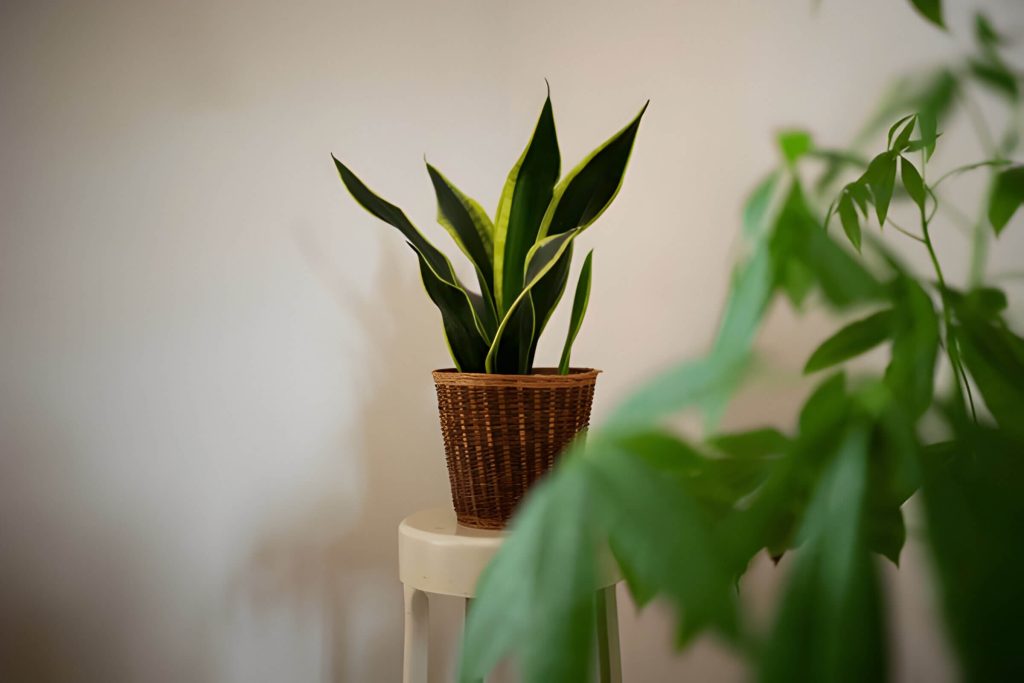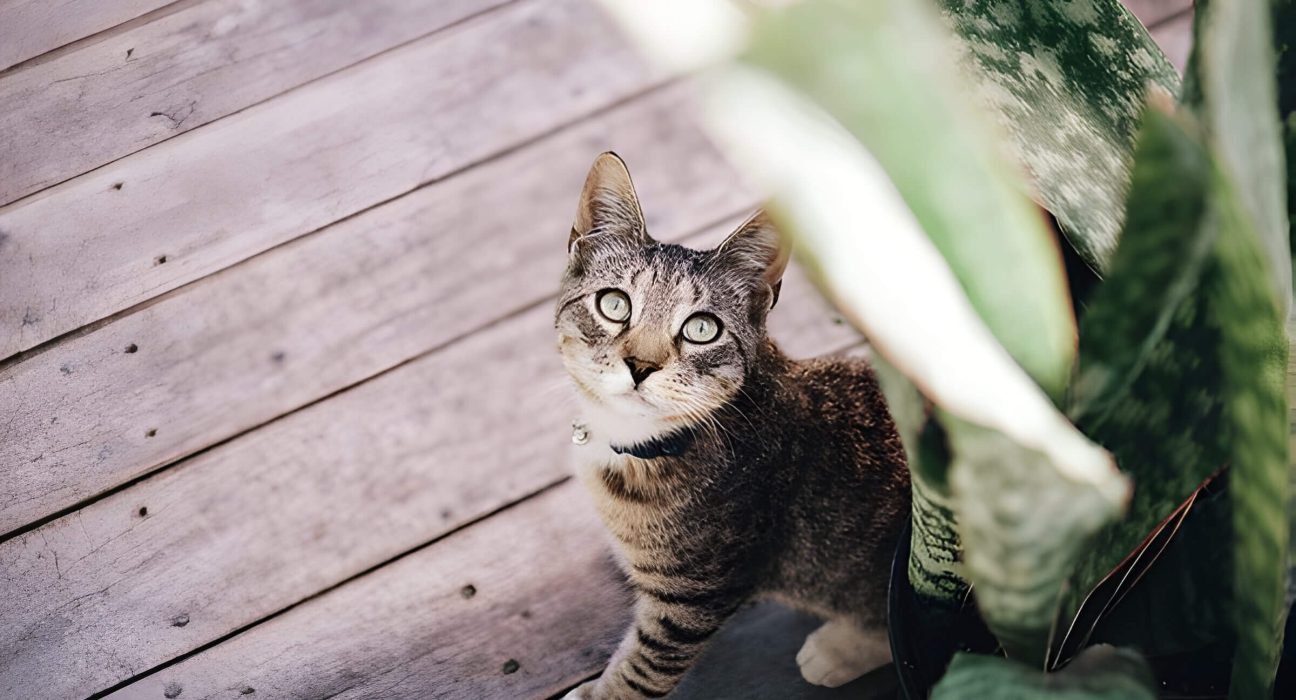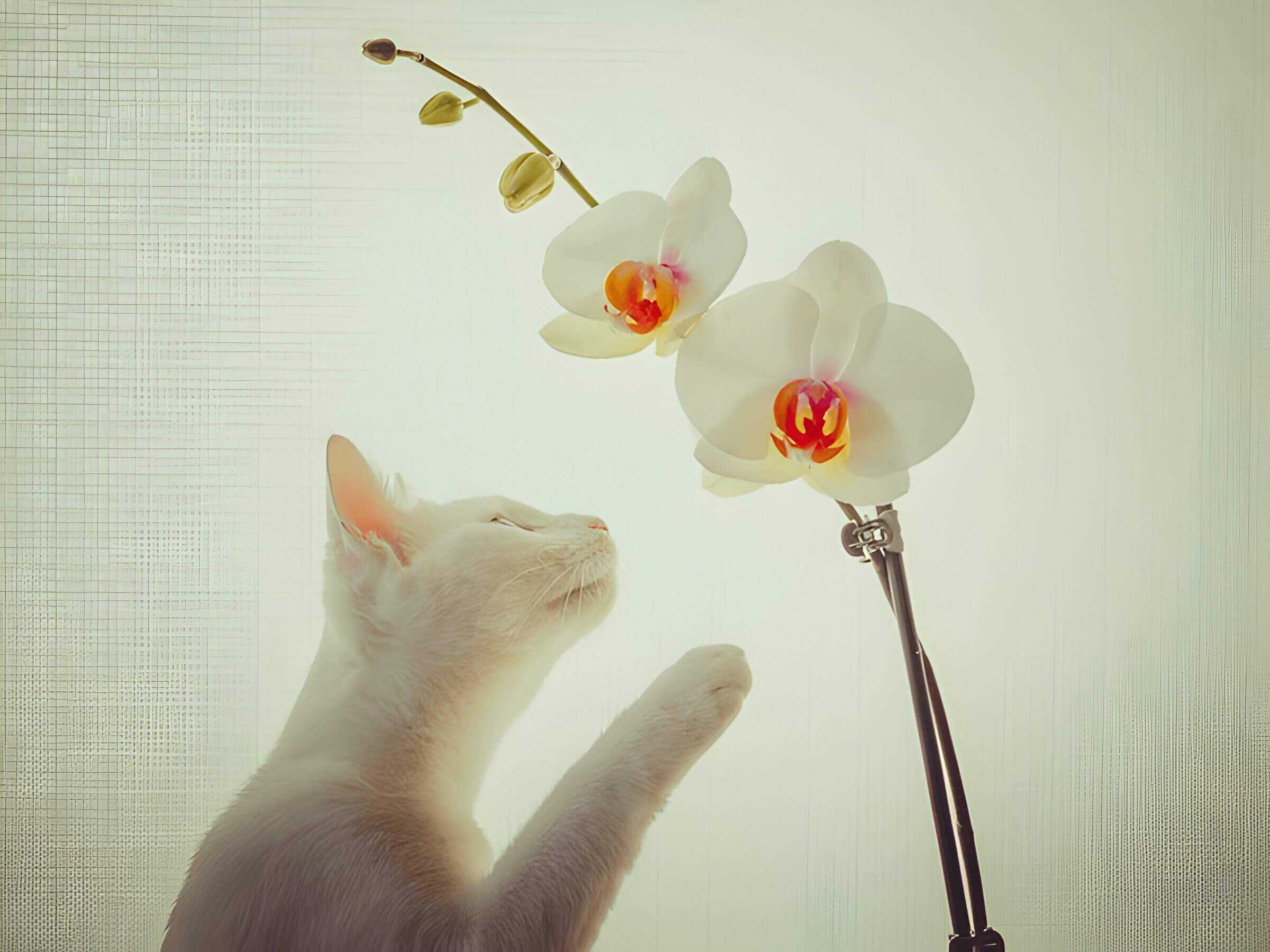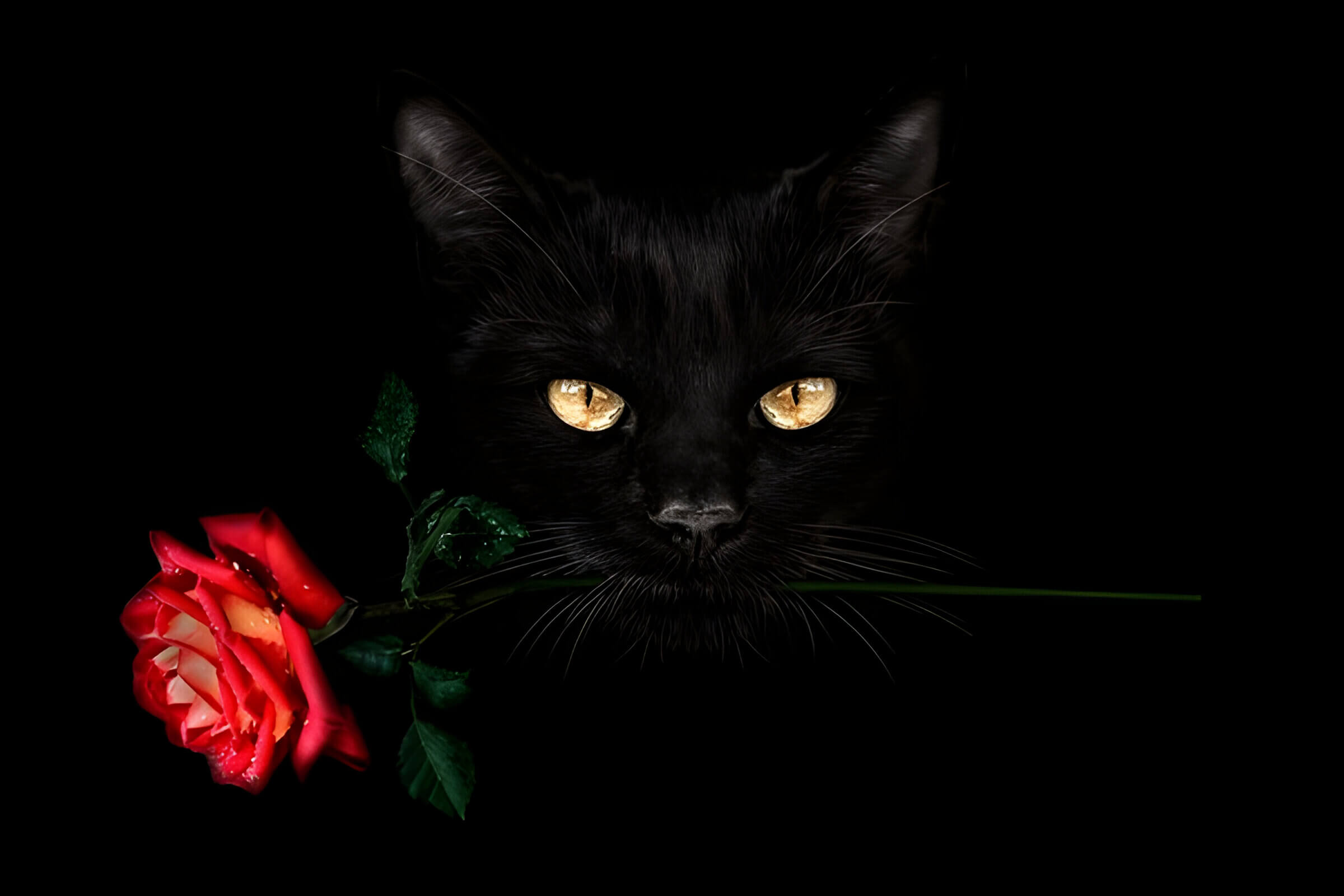Snake plants are beloved houseplants known for their easy care and air-purifying abilities, but they pose a hidden danger to our feline companions. While these plants add beauty to our homes, cat owners should be aware of the potential risks they present. This article explores the toxicity of snake plants to cats, the symptoms of poisoning, and practical ways to keep your furry friends safe while still enjoying the benefits of indoor greenery.
What Are Snake Plants and Why Are They Popular?
Snake plants, scientifically known as Sansevieria, are popular indoor plants that have gained widespread recognition for their striking appearance and numerous benefits. Also called “mother-in-law’s tongue” due to their sharp, pointed leaves, these plants are native to tropical West Africa.
One of the main reasons for their popularity is their exceptional air-purifying qualities. Snake plants are known to filter indoor air pollutants, making them an excellent choice for improving air quality in homes and offices. They are particularly effective at removing toxins such as formaldehyde, xylene, and toluene from the air.
Another factor contributing to their appeal is their low-maintenance nature. Snake plants are incredibly hardy and can thrive in various light conditions, from low light to bright indirect sunlight. They require minimal watering and can survive long periods of neglect, making them ideal for busy individuals or those new to plant care.
The distinctive vertical growth pattern of snake plants makes them perfect for small spaces or as statement pieces in larger rooms. Their architectural form adds a modern touch to any interior design scheme.
It’s important to note that while snake plants are generally safe for humans, they can be toxic to cats if ingested. Pet owners should exercise caution and place these plants out of reach of their feline companions.
In conclusion, the combination of air-purifying properties, low maintenance requirements, and aesthetic appeal has made snake plants a favorite among plant enthusiasts and interior decorators alike.
The Toxicity of Snake Plants
Snake plants, while popular for their air-purifying qualities and low maintenance, pose a potential threat to our feline friends. These plants contain saponins, toxic compounds that can cause various adverse reactions in cats if ingested. According to the ASPCA toxic plants list, snake plants are indeed harmful to cats, dogs, and horses.
Cat owners should be aware of the symptoms of plant poisoning, which may include nausea, vomiting, diarrhea, and in severe cases, swelling of the mouth and throat. If you suspect your cat has consumed any part of a snake plant, it’s crucial to contact your veterinarian immediately.
To ensure a pet-friendly environment, consider replacing snake plants with cat-safe alternatives. Many attractive, non-toxic options exist, such as spider plants, Boston ferns, or African violets. Always research plants before bringing them into a home with pets, and keep potentially harmful plants out of reach or opt for artificial versions to maintain a safe living space for your feline companions.
Symptoms of Snake Plant Poisoning in Cats
Snake plant poisoning in cats can manifest through various signs that pet owners should be aware of. The most common symptoms include gastrointestinal distress, which often presents as vomiting and diarrhea. Affected cats may also experience lethargy, appearing unusually tired or uninterested in their surroundings. Excessive drooling is another telltale sign of feline poisoning, as the plant’s toxins can irritate the mouth and throat. Cat owners may notice a significant appetite loss in their pets, with the animal refusing to eat or showing disinterest in food. It’s crucial to monitor for these feline poisoning signs, as early detection can lead to prompt treatment. If you suspect your cat has ingested a snake plant and is exhibiting any of these symptoms, it’s essential to consult a veterinarian immediately for proper care and guidance.
What to Do If Your Cat Ingests Snake Plant
If you suspect your cat has ingested snake plant, it’s crucial to act quickly. First, remove any remaining plant material from your cat’s mouth and surrounding area. Monitor your pet closely for symptoms such as vomiting, diarrhea, drooling, or lethargy. While snake plants are generally considered mildly toxic to cats, it’s always better to err on the side of caution.
Contact your veterinarian or a pet poison control hotline immediately for professional advice. They may recommend bringing your cat in for emergency veterinary care, depending on the amount ingested and your cat’s symptoms. In some cases, they might suggest administering first aid at home, such as encouraging your cat to drink water to help flush out toxins.
Keep a sample of the plant for identification purposes, as this can assist in determining the appropriate treatment. If advised to bring your cat to the vet, they may perform a physical examination, administer activated charcoal to absorb toxins, or provide supportive care such as IV fluids.
Remember, prompt action and professional consultation are key in addressing potential plant poisoning in cats. Always keep toxic plants out of reach and consider removing them from your home to prevent future incidents.
Alternatives to Snake Plants (Pet-Friendly Indoor Plants)
While snake plants are popular for their air-purifying qualities and low maintenance, they’re unfortunately toxic to pets. Fortunately, there are numerous pet-friendly alternatives that can add greenery to your home without compromising your furry friends’ safety. Consider the following cat-safe houseplants:
- Spider Plant: This easy-to-grow plant features long, arching leaves and is excellent for hanging baskets.
- Boston Fern: With its lush, feathery fronds, this plant thrives in humid environments and is completely non-toxic.
- Parlor Palm: A compact palm variety that adds a tropical touch to any room while being safe for cats and dogs.
- African Violet: These colorful flowering plants are perfect for brightening up spaces and are harmless to pets.
- Calathea: Known for its striking leaf patterns, this plant is both decorative and pet-friendly.
- Peperomia: With various species featuring different leaf shapes and colors, these compact plants are ideal for small spaces.
When incorporating pet-friendly greenery into your home decor, always double-check the plant’s toxicity before bringing it home. By choosing these safe alternatives to snake plants, you can create a lush, inviting environment that’s enjoyable for both you and your pets.
Preventing Cat Access to Toxic Plants
While snake plants are indeed toxic to cats, there are several effective strategies to keep your feline friends safe while still enjoying your houseplants. Cat-proofing your indoor garden begins with smart plant placement. Consider elevating toxic plants on high shelves or hanging them from the ceiling, making them less accessible to curious cats. Deterrent sprays can be another useful tool, as their unpleasant scent discourages cats from approaching plants. These sprays are typically made with non-toxic ingredients that are safe for both plants and pets.
Cat behavior modification techniques can also play a crucial role in protecting your plants. Consistently redirecting your cat’s attention to appropriate toys or scratching posts when they show interest in plants can help establish boundaries. Additionally, providing cat-friendly plants like catnip or cat grass can satisfy their urge to nibble on greenery.
For ground-level plants, consider implementing safe plant barriers. These can include physical obstacles like decorative pebbles or pine cones around the base of the plant, or even small fences designed specifically for this purpose. By combining these strategies, you can create a harmonious environment where both your cats and plants can thrive safely.
Are Snake Plants Toxic to Cats?

Snake plants are toxic to cats, the severity of poisoning is generally mild to moderate. However, this doesn’t mean we should dismiss the potential risks. As responsible pet owners and plant enthusiasts, it’s crucial to strike a balance between our love for greenery and the safety of our feline companions.
To create a pet-friendly environment, consider placing snake plants in areas that are inaccessible to your cats, such as high shelves or hanging planters. Alternatively, you might opt for cat-safe plants like spider plants, Boston ferns, or catnip to satisfy both your green thumb and your cat’s curiosity.
Remember, prevention is key. By being aware of the potential hazards and taking appropriate precautions, you can enjoy the beauty of snake plants while ensuring your cat’s well-being. If you suspect your cat has ingested any part of a snake plant, don’t hesitate to contact your veterinarian for guidance. With thoughtful planning and care, it’s possible to cultivate a harmonious space where both your plants and pets can thrive.







